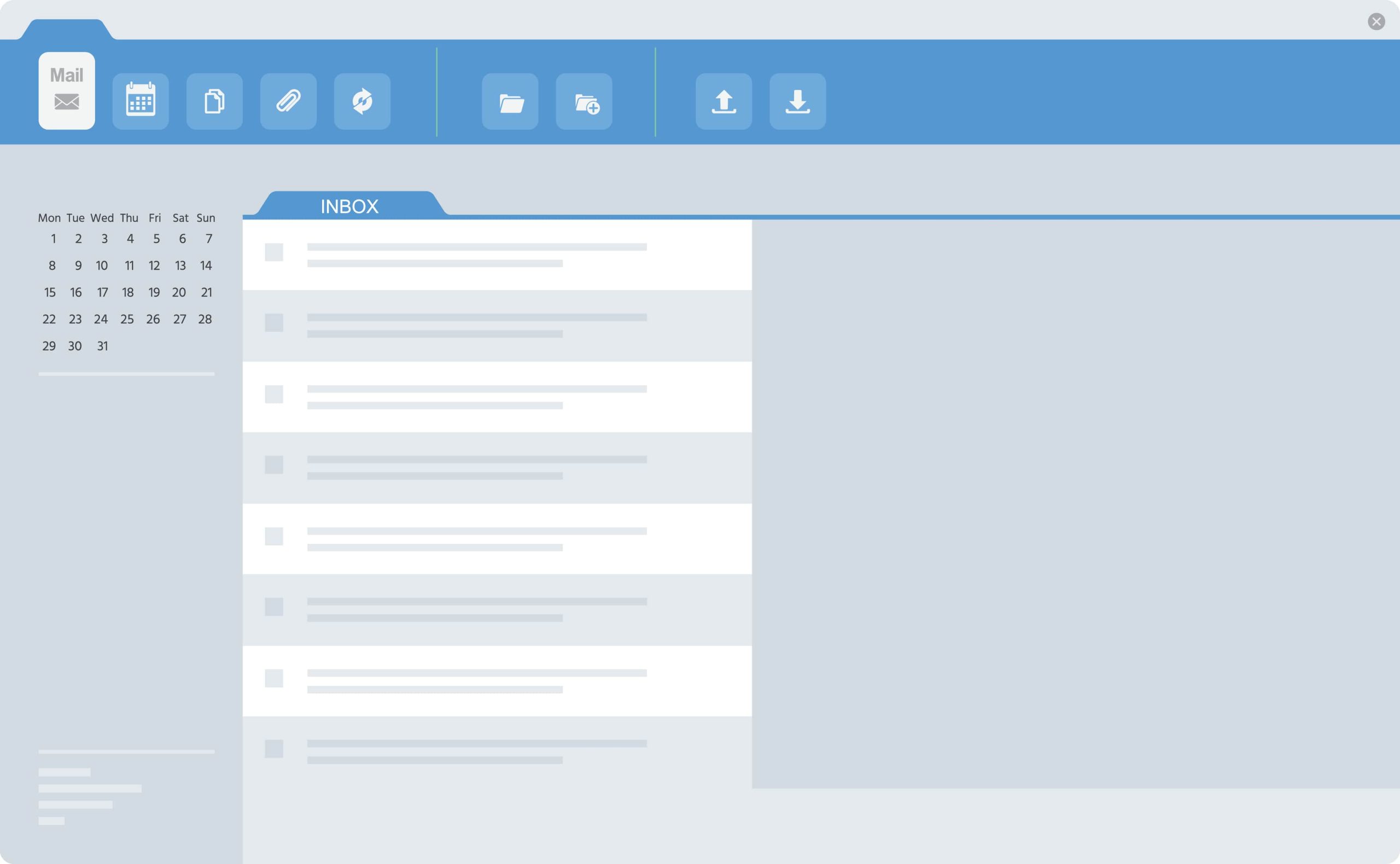All Categories
Featured
Table of Contents
Below's the thing: the more creative your life is, the much more important it is to develop structure around it. I've located that handling my diary does not squash creative thinking it shields it. If you're managing drawing, payments, web content planning, admin jobs, and the basic turmoil of life, here are my top tips for better journal monitoring: Creative brains are breaking with ideas, not days and times.

Leave a little breathing space between tasks in your diary. That barrier aids you stay tranquil when points do not go to strategy (due to the fact that allow's be sincere, they hardly ever do!). This is a big one. Whether you attract for business or for joy, shut out normal time for it. Make space for your art like you would for a client telephone call or group conference.
Take 10 mins each week to sign in. What worked? What didn't? What requires even more time? A regular evaluation helps you change your timetable, quit overcommitting, and make room for what actually matters (like ending up that payment or finally editing and enhancing that reel!). Not everybody likes a digital schedule which's fine.
Whether you work for a huge, global firm or are part of a team of business owners toiling all hours to obtain a startup off the ground, it can occasionally really feel like you're held detainee by the journal. Does a sense of embarassment impend over them when a jam-packed journal makes them miss out on visits below and there?
Why Consistency Is The Foundation Of Efficiency
It just takes secs yet could have an actual effect on the means the meeting plays out. There are few scenarios in which it would serve to place a meeting in an employee's journal but not interact great deals of comprehensive info concerning what is readied to occur.
Unless it is a basic entrance like a standard job reminder, all occasions in group schedules should feature a comprehensive agenda and a clear summary of the purposes of the conference. Sourcing this information from all individuals and including it in can be a taxing process. Yet in the long run, it conserves whole lots of time.
And the feeling of rising anguish as individuals chat on and on and shed focus can actually drag people down, specifically those participants with other consultations turning up or key tasks to finish. All these troubles can be avoided with an easy layout for each and every meeting. This should consist of basic useful information like the moment, place and day, along with any kind of gain access to problems - for example, do conference guests require to press a particular button on the front door intercom or request you at reception so as to get in? If it's a conference telephone call, see to it dial-in details depend on day and established a reminder for someone to examine the devices twenty mins before the scheduled beginning time.
It should likewise show whether any kind of preparation work requires to be done, who is doing it and whether any kind of resources (such as records) are needed. When it concerns diary monitoring, reoccuring visits can be a blessing when they are made use of properly. While putting a couple of group meetings in the calendar and setting them for the same day and time every week for the following year could seem like effective forward preparing, it's not constantly in fact the most efficient action.
Why Data And Discipline Drive Productivity
As soon as a staff member has actually reserved a holiday and it has actually been verified by their line manager (or whoever is in charge of authorizing leave demands), it ought to quickly enter into the schedule to make sure that everybody recognizes to maintain that time empty of all-team occasions. In this manner, client meetings prepared for when the holidaymaker is the essential get in touch with can be scheduled for a time when they're back in the workplace.
As an example, if there is an inescapable meeting in the diary with a difficult client at 11am but an associate is requesting a catch-up lunch at 12.30 pm, it might not be the very best idea to go in advance with the lunch on that day. Need to the client meeting go badly, lunch participants might really feel distracted and leave the relate to the wrong impact that they did glitch.
Managing Schedules is an online, self-paced program that offers students with the skills and devices called for in routine management to effectively manage organization procedures according to organisational demands. It concentrates on communicating with team and stakeholders to make sure that strategies are fulfilled, sources are made use of properly and successfully and that purposes are achieved.
Time monitoring and timetable monitoring are necessary to all services. They aid to make certain that jobs are completed promptly, staff are working successfully and sources are utilized efficiently. This program supplies you with the knowledge and devices to assist journal management and prioritise tasks, appointments, due dates and schedule, causing far better performance and source utilisation.
The Foundation Of Predictable Productivity
Diary management is a skill and holds the crucial to arranging tasks, consultations, and responsibilities. In this guide we will look into diary monitoring, its role within the workplace, and provide sensible actions on just how it can improve efficiency. At its core, diary monitoring is the art of arranging and maximizing time allocations.
In the context of office environments, diary management enhances on basic scheduling and ends up being a critical tool for efficiency. Embracing diary administration returns several advantages. Productivity soars as jobs are tactically intended, reducing ineffectiveness. Anxiety minimizes as well-planned timetables get rid of the mayhem of final rushes. Notably, the hard equilibrium in between job and personal life ends up being feasible via mindful allotment of time.
Leveraging attributes such as categories, labels, reminders, and cross-device access provides a sense of order and access to one's schedule. Step-by-Step Guide to Utilizing Journal Management in the Workplace: Developing a central schedule as a base for all dedications, personal and expert, creates the core of diary monitoring. The combination of group calendars fosters cooperation and makes certain everybody gets on the very same web page.
Designating devoted time blocks to various jobs enhances emphasis and productivity. Using the art of smart organizing involves considering the choices of participants when establishing meetings. Equally important is marking uninterrupted emphasis time, devoid of interruptions. Introducing barrier periods between tasks safeguards versus overextending and offers breathing area for unforeseen needs.
Why Consistent Time Blocks Build Strong Habits
By weaving journal monitoring into the material of task and communication tools, efficiency gains can be seen. Incorporating communication systems streamlines the process of organizing conferences and cultivating conversations. As modern technology advancements, the future of centralised diary administration shows huge assurance. Fabricated Knowledge (AI) stands positioned to reinvent scheduling with anticipating insights.

Colour-code schedules so you can scan the week at a glance and see where time truly goes customer work vs.Stagger reminders so the right prompt lands at the right moment. An early heads-up to prepare slides, a day-before reminder for traveling or analysis and a 1015 min alert for the conference itself.: use the 1 week/ 1 day/ 15 min sequence for a board testimonial: 1 week before: preparation pointer in a task application (e.g., "Draft board slides").
Latest Posts
Why Scheduled Time Is Productive Time
Why First Impressions Decide Repeat Business
How To Stay Organised Without Overcomplicating Things